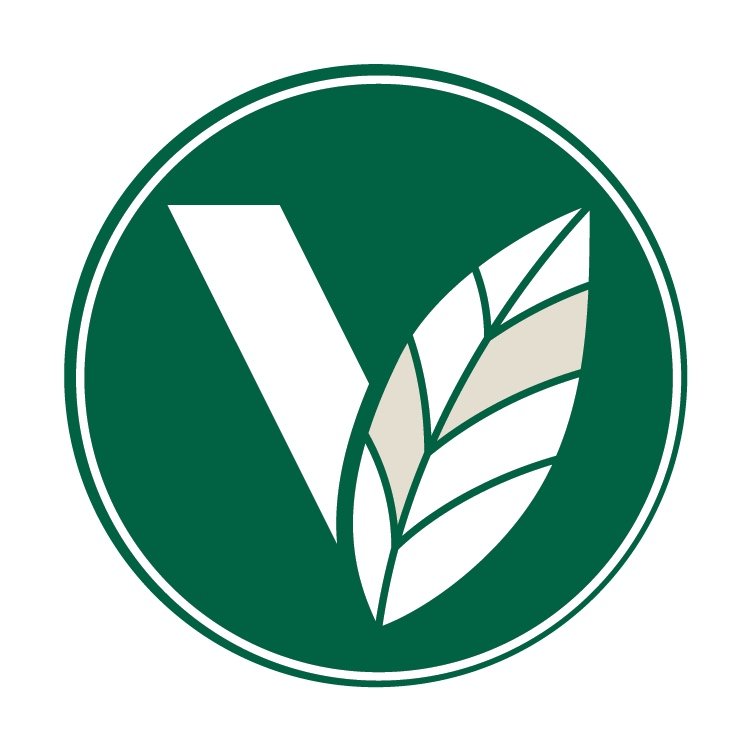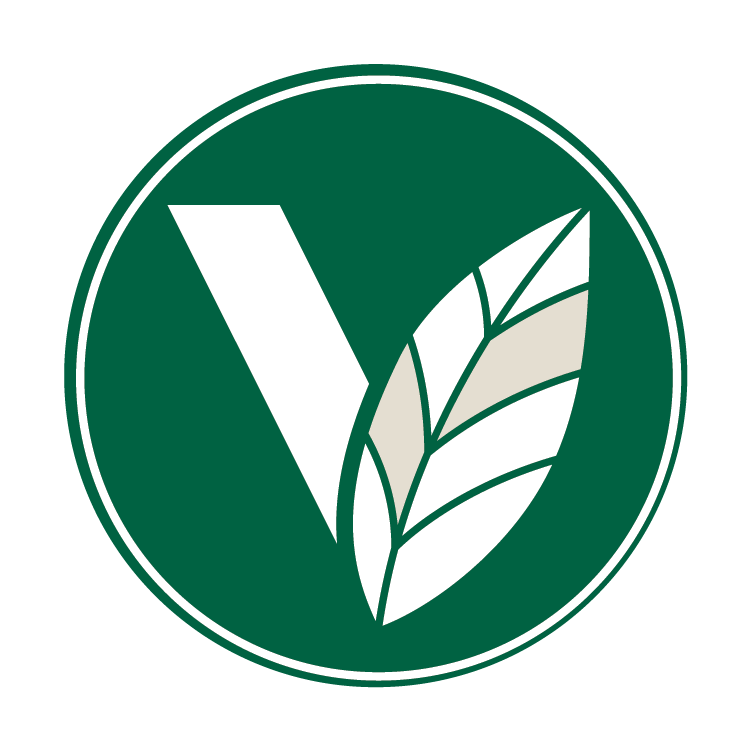Diet and Diverticular Disease.
In recent years the diagnosis and advice around the condition of diverticular disease have changed significantly. This has lead to confusion of professionals and patients about the condition. The purpose of this blog is to lessen the confusion and help people understand the new advice in order to prevent and decrease symptoms. Diverticulosis is an asymptomatic disease which will only become acknowledged when symptoms arise which means there is an inflammation or infection. This is called diverticulitis. So, how do we differentiate between the two? Read below 👇
What is diverticulosis?
Diverticulosis occurs when the wall of the lower part of the colon becomes weaker causing small pockets which are called ‘Diverticula’. This is a problem of the intestines muscle which leads to impairment of the tissue. Diverticula usually develop as we age even though the diagnosis is becoming more frequent in younger people lately. Diverticulosis is an asymptomatic condition.
What is diverticulitis?
Diverticulitis is the result of the diverticula becoming infected or inflamed. Some of the symptoms are lower abdominal pain, bloating, changes in a person’s bowel habits ie. constipation diarrhoea and the presence of mucus or blood in the stools. Uncomplicated diverticulitis with no abscess is a tolerable diagnosis for most people with a normal diet and requires no specific treatment.
Symptoms for diverticulitis:
You will suspect that someone has diverticular disease if they present with one or more of the following symptoms:
Intermittent abdominal pain in the left lower part of the intestines. It can be due to constipation, diarrhoea an occasional large rectal bleed. The pain can be triggered by a specific food and relieved when stools are passed.
Symptoms can overlap with other bowel issues such as irritable bowel syndrome, colitis or malignancy.
Unintentional weight-loss
Nausea or vomiting
Bloating and distention
Fever
Diet for diverticulitis (OUT-POUCHING with infection and INFLAMMATION)
During the flare up periods, initially a clear liquid diet should be followed. This is done in order to allow the colon to clear from any remaining stools that are caught in the diverticula pouches and let the antibiotics treat the infection while the colon rests. Your doctor should be able to tell you when you are ready to move to a short period of a low fibre diet before you return to your normal diet. A low fibre diet targets ~10-15grams of fibre a day. Your dietitian should be able to assist you with that in order to prevent any unintentional weightloss.
Flare up stages:
Clear liquid diet:
Broth
Clear juices with no fibre ie. apple, cranberry, grape juice (avoid orange juice due to the pulp)
Jell-O
Popsicles
2. Low fibre solids:
Canned fruits with no seeds or skin ie. applesauce, melon etc
Well cooked vegetables without seeds and skin
Dairy products are allowed ie. cheese, milk, yogurt
Eggs
Low-fibre cereal
Meat that is ground/tender and well cooked
Pasta
White bread and rice
General Management for diverticular disease:
Avoid non-steroidal, anti-inflammatory drugs and opioid analgesia as they could increase diverticular perforate.
Stop smoking
Start exercising
Increase fluid consumption
After all symptoms of the flare-up are improved (usually within 2-4 days) you may add 5-15grams of fibre a day back into your diet. When there are no symptoms present you can resume to your normal high fibre diet. Make sure to consult your dietitian for these changes as they are personalised and they will be able to advise you on how to deal with asymptomatic diverticulosis which follows after the infection is taken care of.
Diet for diverticulosis (out-pouches without inflammation)
Diet rich in fibre can help keep the stools become bulky and soft preventing inflammation of the diverticula which can lead to diverticular disease. The target is to eat 25-30grams of fibre daily and drink at least 8 cups of fluids as they will also help to soften your stools. Exercising will promote the movement of the bowels and fight constipation.
Stop smoking as it increases the risk for the development of acute diverticulitis and flare up of symptoms.
If the colon is not inflamed you can have popcorn, seeds and nuts as tolerated (talk with your dietitian first!)
To conclude, this is some general information about diverticulitis and diverticular disease. Please consult your GP and your dietitian who can offer you more personalised advice based on your diagnosis.
References:
Recommendations | Diverticular disease: diagnosis and management | Guidance | NICE [Internet]. Nice.org.uk. 2021 [cited 7 December 2021]. Available from: https://www.nice.org.uk/guidance/ng147/chapter/Recommendations#diverticulosis
Diverticular Disease and Diet [Internet]. ucsfhealth.org. 2021 [cited December 2021]. Available from: https://www.ucsfhealth.org/education/diverticular-disease-and-diet
Schultz, J et al, 2020. European Society of Coloproctology: guidelines for the management of diverticular disease of the colon. Colorectal Disease, 22(S2), pp.5-28.

